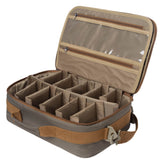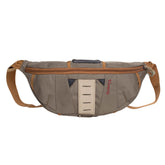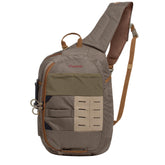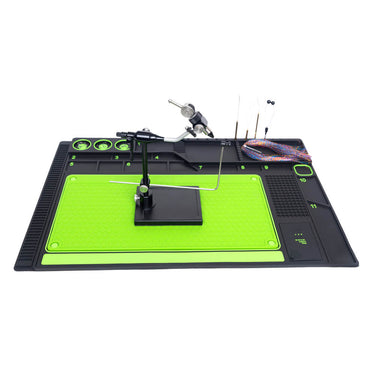An 8-Day Solo Fly Fishing Quest for Trophy Cutthroat Trout
An 8-day DIY fly fishing adventure targeting trophy cutthroat trout sounds like an incredible experience! Here’s a detailed guide to help you plan and maximize your chances of success:
1. Destination Selection
Cutthroat trout thrive in cold, clear rivers and lakes across the western U.S. and Canada. Top destinations for trophy cutthroat include:
Yellowstone National Park (Wyoming/Montana/Idaho):
Rivers: Yellowstone, Lamar, Slough Creek, Firehole, Gibbon.
Lakes: Yellowstone Lake (native Yellowstone cutthroat).
South Fork Snake River (Idaho):
Famous for large, aggressive cutthroats (often 18"+).
Green River (Wyoming/Utah):
Sections below Flaming Gorge hold big cutthroats.
British Columbia (Canada):
Remote rivers and coastal cutthroat fisheries (e.g., Dean River, Squamish systems).
Pro Tip: Focus on areas with limited pressure for bigger fish. Backcountry hikes or float trips can yield trophies.
2. Timing Matters
Spring (May–June):
Post-runoff, hungry fish chase stoneflies, salmonflies, and caddis.
Summer (July–August):
Terrestrial season (hoppers, ants, beetles) for aggressive takes.
Early mornings/late evenings for dry flies.
Fall (September–October):
Spawning aggression; streamers and egg patterns work well.
Avoid peak runoff (late spring) when rivers are blown out.
3. Gear for Trophy Cutthroat
Rod: 5–6 wt (versatile for dries, nymphs, and small streamers).
Line: Weight-forward floating line + 9’ 4X–5X leader.
Flies:
Dries: Stimulators, Chubby Chernobyl, Parachute Adams (size 12–16).
Nymphs: Pheasant Tail, Hare’s Ear, Prince (size 14–18).
Streamers: Woolly Bugger (olive/black), Sculpzillas (for big fish).
Terrestrials: Fat Albert (hopper), Dave’s Cricket.
Extras: Wading boots, net, polarized sunglasses, bear spray (if in grizzly country).
4. Tactics for Big Fish
Stealth: Cutthroats spook easily—approach quietly, cast upstream.
Cover Water: Move frequently; trophy fish often hold in undercut banks, deep pools, or confluences.
Match the Hatch: Observe rising fish and switch flies accordingly.
Streamer Game: Swing or strip streamers near logjams for aggressive strikes.
5. DIY Logistics
Permits: Check state/national park regulations (e.g., Yellowstone requires a fishing permit).
Access: Use maps (OnX, Gaia GPS) to find public land or hike-in spots.
Camping: Dispersed camping (BLM/National Forest) or designated sites.
Food/Water: Pack light but high-energy meals + water filter.
6. Sample 8-Day Itinerary (Yellowstone Example)
Day 1–2: Fish the Lamar River (hike to Soda Butte Creek confluence for big cutthroats).
Day 3–4: Backcountry trip to Slough Creek (2nd meadow for trophies).
Day 5–6: Float the Yellowstone River (from Gardiner to Yankee Jim Canyon).
Day 7–8: Explore smaller tributaries (e.g., Gallatin River for solitude).
7. Conservation
Catch-and-Release: Handle fish gently (wet hands, barbless hooks).
Leave No Trace: Pack out all trash, respect wildlife.
Final Tip
Stay flexible! Weather, water levels, and fish behavior change daily. Talk to local fly shops for real-time intel.
Tight lines—hope you land that 20"+ cutty! 🎣















